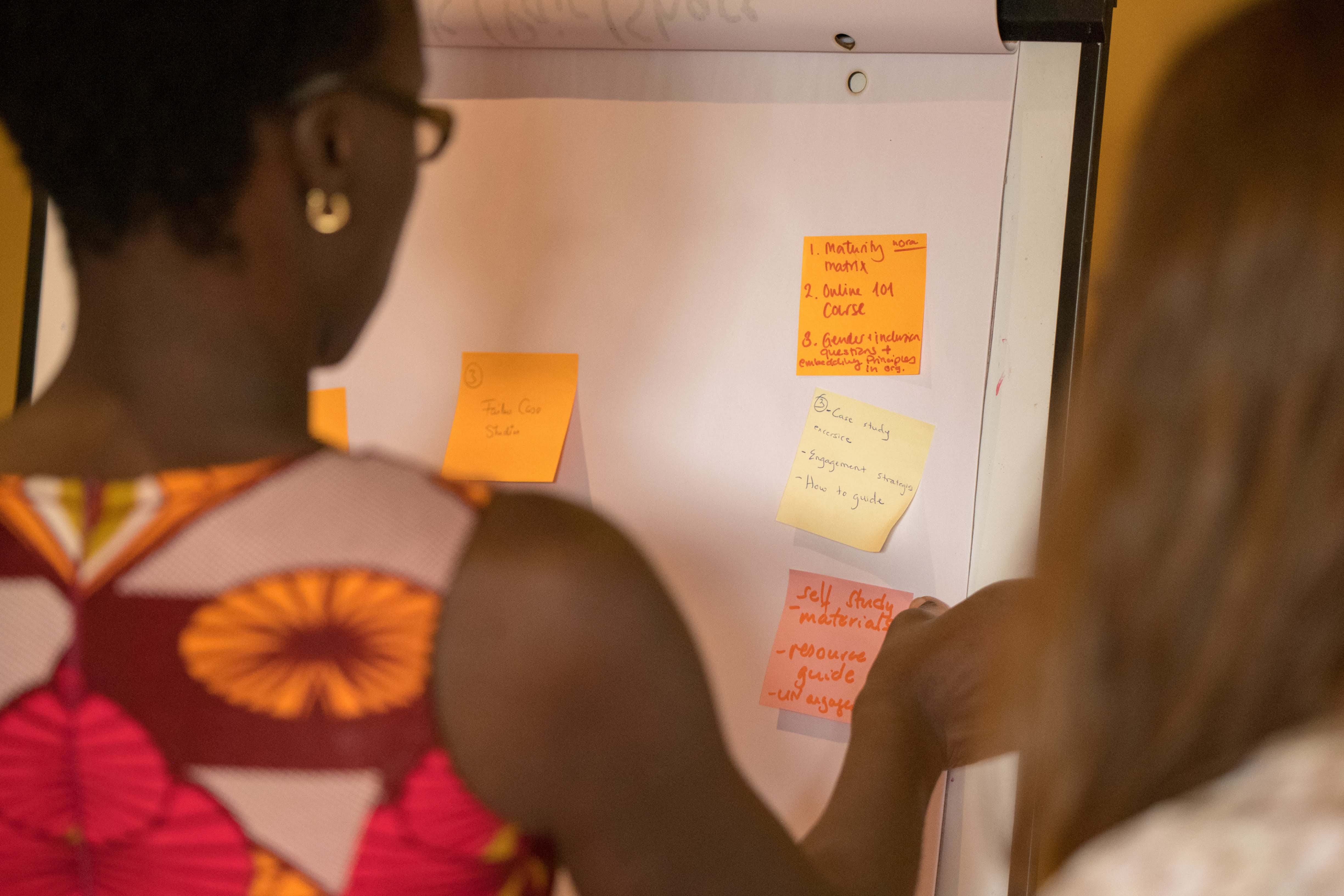This article is re-posted from TechChange team member Charles Martin-Shields’s website “Espresso Politics”. We thank him for being awesome and sharing his stories from paradise with us. You can follow him at @cmartinshields.
TechChange has a course coming up that breaks a little bit from the standard “ICT4D” content. It’s titled “New Technologies for Educational Practice” and I was trying to think of how someone would put this knowledge to use. It all seemed abstract, so wracked my brain for cases when I used technology in my own educational work, which included two years in Apia, Samoa as a Peace Corps volunteer doing English curriculum development.
While there is content related to video games, web technology and social media, in the TechChange course, I wanted to try to think of a practical example of using technology to enhance learning.
 As I thought back to those wistful days in Polynesian tropical paradise, I remembered that a few teachers and I came up with a fun, elegant (IMHO), solution to the problem of Samoan secondary students texting in class.
As I thought back to those wistful days in Polynesian tropical paradise, I remembered that a few teachers and I came up with a fun, elegant (IMHO), solution to the problem of Samoan secondary students texting in class.
To put it in context, this was January 2007, and Samoa had just taken their digital mobile phone system online. Suddenly everyone had a GSM mobile phone and everyone was texting. Mobile telephony went from 0 – 60 in Samoa almost instantaneously. Naturally every student in grades 9-12 was texting during class, as rebellious youths are known to do.
The teachers tried the usual methods of corporal punishment, phone confiscation, and detention, but none of this seemed to deter the students from texting. So I sat down with a few of the teachers over beers and we decided, if you can’t beat them, join them.
Our solution was to make text messaging part of the English learning process. Students had the opportunity to text each other in class, read the texts (which were teacher approved), and were graded on the accuracy of their spelling and syntax. The practice sentences of 140 characters or less were easier to handle for speakers of English as a second language, compared with the higher density books, and students could practice from home.
This exercise wasn’t a replacement for the more formal learning that took place in the form of longer texts and written exams, but it provided a space for students to practice using English that was accessible and fun. While it might not have been a grand strategic shift in pedagogy, mobile technology provided a free tool to enhance the learning experience in a sustainable, enjoyable way. Of course, I’d love to see comments about all of your experiences with technology, learning and development, since we’re always learning from each other in this space!
If you’re interested in learning more about education and technology, have a look at “The New Technologies for Educational Practice” as well as our other training programs on the TechChange site.


